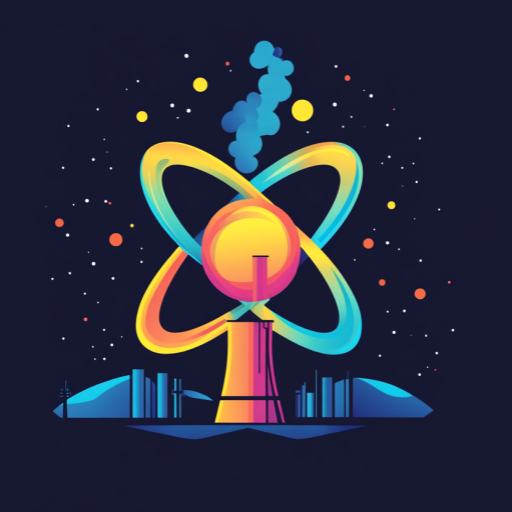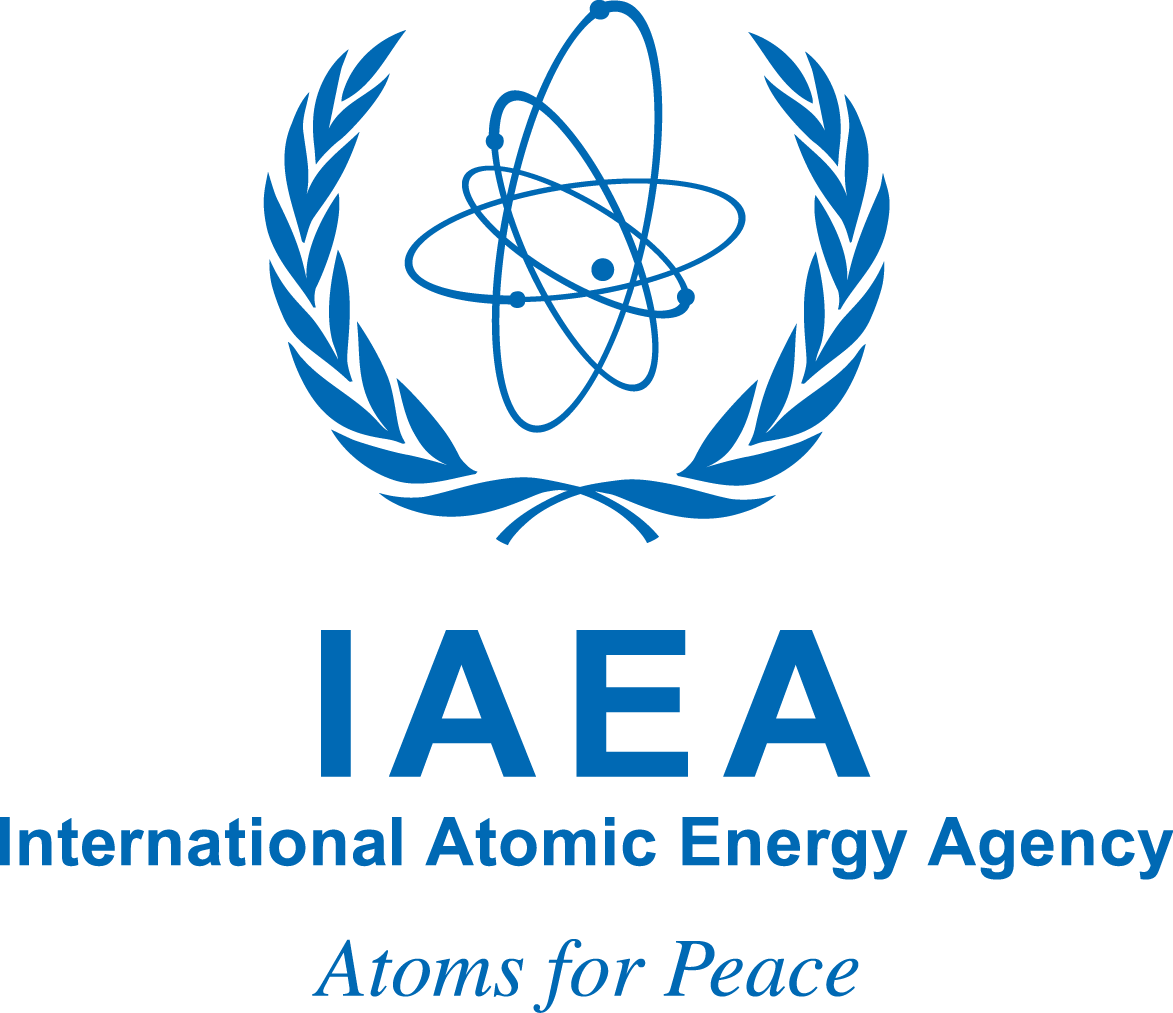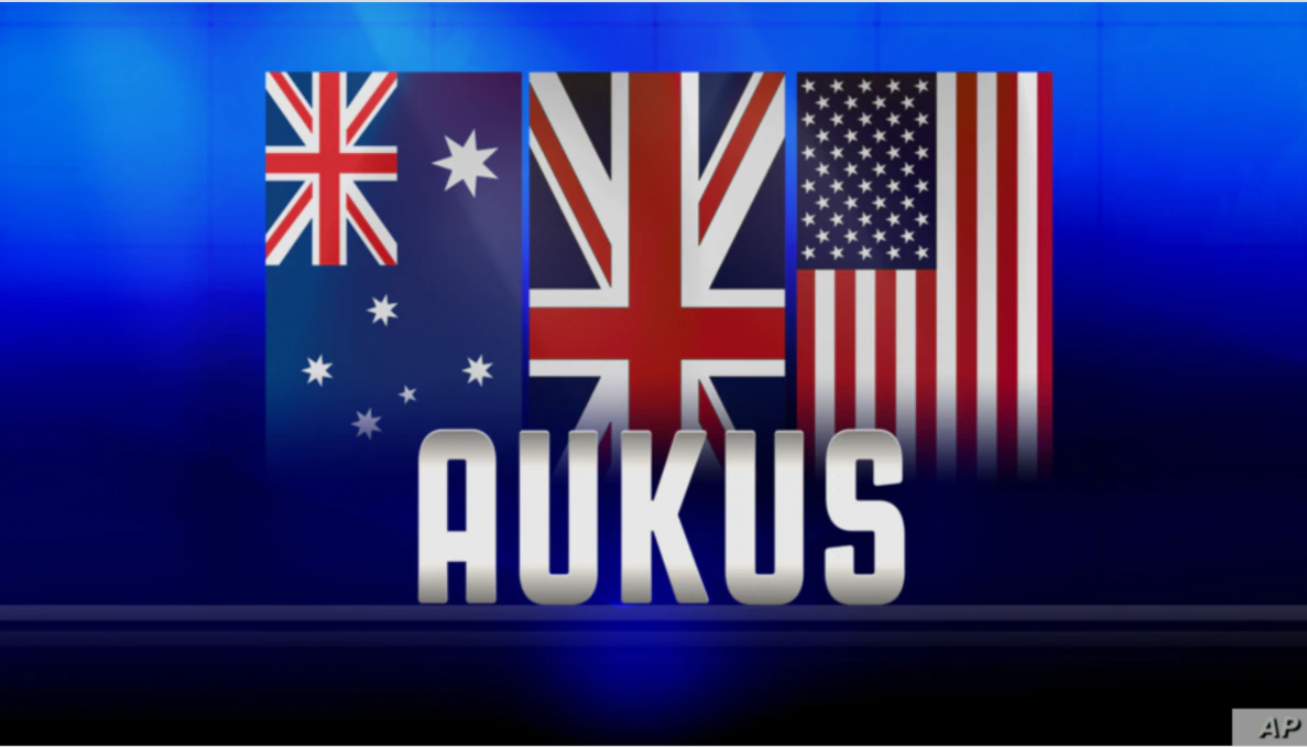Part 2 of 2 Parts (Please read Part 1 first)
James Smith is professor of environmental and geological sciences at Portsmouth University. He said that “in theory, you could drink this water”, because the contaminated water is already treated when it is stored and then diluted.
David Baily is a physicist who runs a French laboratory which measure radioactivity. He said, “The key thing is how much tritium is there. At such levels, there is no issue with marine species, unless we see a severe decline in fish population, for instance.”
However, some scientists say that we cannot predict the impact of releasing the contaminated water.
Emily Hammon is an expert in energy and environmental law at George Washington University. She said, “The challenge with radionuclides (such as tritium) is that they present a question that science cannot fully answer; that is, at very low levels of exposure, what can be counted as ‘safe’? One can have a lot of faith in the IAEA’s work while still recognizing that compliance with standards does not mean that there are ‘zero’ environmental or human consequences attributed to the decision.”
The U.S. National Association of Marine Laboratories released a statement in December of 2022 saying that it did not find Japan’s data convincing.
Robert Richmond is a marine biologist at the University of Hawaii. He said, “We’ve seen an inadequate radiological, ecological impact assessment that makes us very concerned that Japan would not only be unable to detect what’s getting into the water, sediment and organisms, but if it does, there is no recourse to remove it… there’s no way to get the genie back in the bottle.”
Environmental groups such as Greenpeace go even further as can be seen in a paper published by scientists at the University of South Carolina in April 2023. Shaun Burnie is a senior nuclear specialist with Greenpeace East Asia. He says that tritium can have “direct negative effects” on plants and animals if ingested, including “reduced fertility” and “damage to cell structures, including DNA.”
China has banned Japanese seafood because of the contaminated water release. Some commentators in the media believe that this could be a political move. Experts say that there is no scientific evidence backing concerns about seafood because the radiation release is so low.
However, many people who work on coasts of the Pacific Ocean around the world every day still have concerns.
Traditional female divers in South Korea known as “haenyeo” have expressed anxiety. Kim Eun-ah has been a diver in the waters off Jeju Island for six years. She said, “Now I feel it’s unsafe to dive in. We consider ourselves as part of the sea because we immerse ourselves in the water with our own bodies.” Experts say that the contaminated water might be carried by ocean currents, particularly the cross-Pacific Kuroshio current. Fishermen have told interviewers that they fear their reputation has been permanently damaged. They are worried about their jobs.
Mark Brown is the Pacific Islands Forum Chair and Cook Island Prime Minister. He says that he believes the released water meets international safety standards. He added that all nations across the region may not agree on the “complex” issue, but he suggested that they “assess the science.




